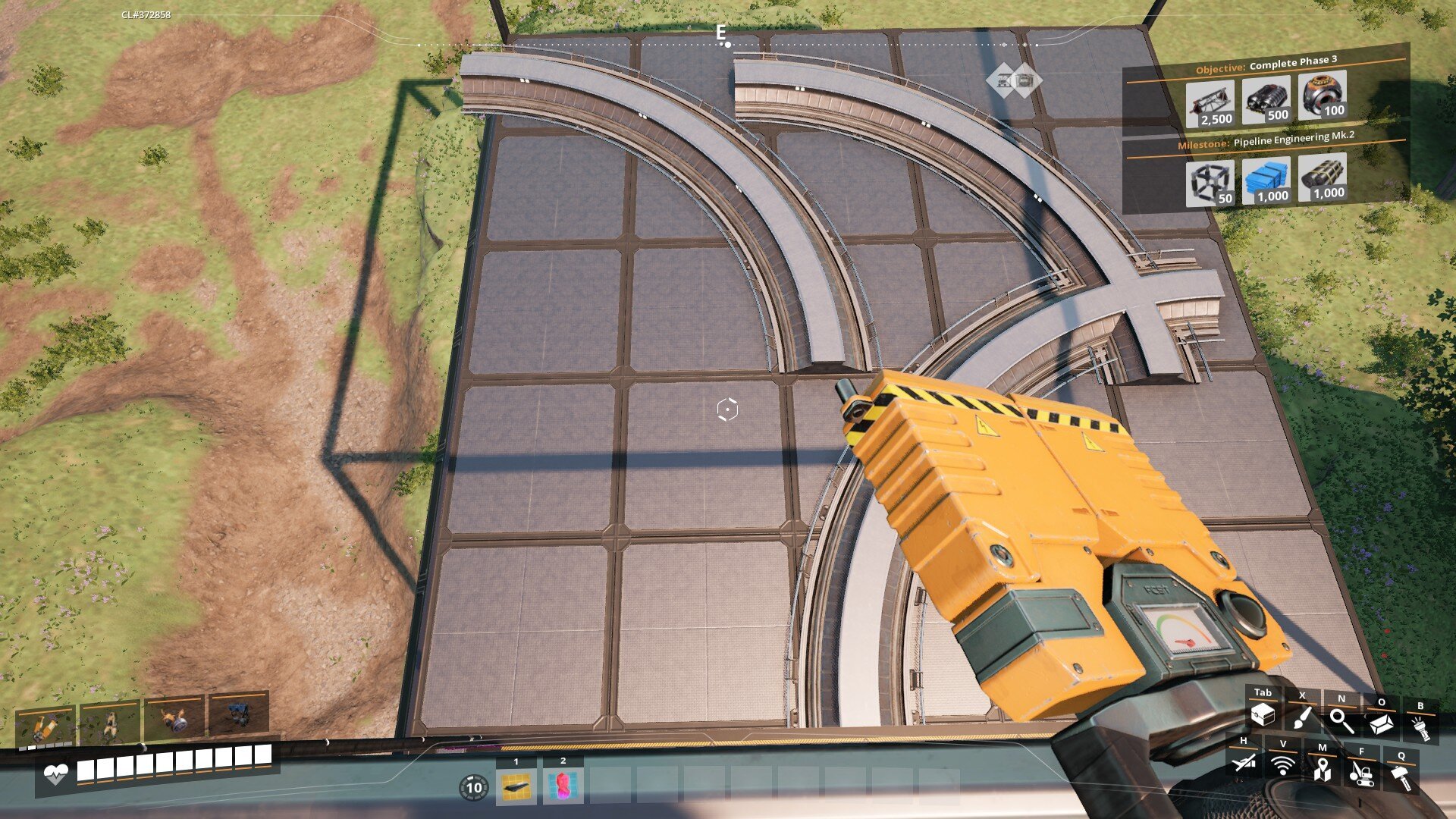In addition to the other tips here, I recommend having a two level rail system with one direction heading on one level and the opposite direction on a level above.
The pro is this way you don't have to worry about making intersections that cross over your main rail lines.
The con is that you have to build enough space to ramp up your track connections on level 2 but that's mitigated by just having around 2 train lengths of space length of space from the main rail before the train station
So it looks like this from the side
==========> Rails
---------------------- One meter foundation
At least 8 meters of space
<=========== Rails
----------------------- One meter foundation
